Tesvikiye: By order of the Sultan
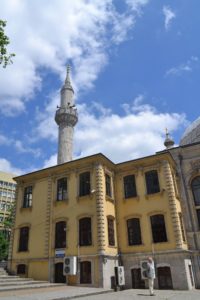 In the mid-19th century the sultans moved from Islamic inspired Topkapı to European designed Dolmabahçe Palace. It was the start of a new era in Turkish history and Sultan Abdülmecid I led the way. The formerly tree covered parklands of the palace elite were named Teşvikiye, meaning ‘encouragement’ in Ottoman Turkish. Two obelisks adorned in calligraphic script defined the boundaries of this new neighbourhood. A neo-Baroque mosque formed a focal point. Surrounding streets and laneways quickly filled with elegant wooden mansions built to house the families of court officials. By the 20th century it was the intellectual centre of Istanbul, home to Orhan Pamuk and numerous other artists and designers. Yet just down the hill a little corner of the past remains, in the delightful Ihlamur Kasrı.
In the mid-19th century the sultans moved from Islamic inspired Topkapı to European designed Dolmabahçe Palace. It was the start of a new era in Turkish history and Sultan Abdülmecid I led the way. The formerly tree covered parklands of the palace elite were named Teşvikiye, meaning ‘encouragement’ in Ottoman Turkish. Two obelisks adorned in calligraphic script defined the boundaries of this new neighbourhood. A neo-Baroque mosque formed a focal point. Surrounding streets and laneways quickly filled with elegant wooden mansions built to house the families of court officials. By the 20th century it was the intellectual centre of Istanbul, home to Orhan Pamuk and numerous other artists and designers. Yet just down the hill a little corner of the past remains, in the delightful Ihlamur Kasrı.
Saray Muhallabecisi
The modest entryway of Teşvikiye Saray Muhallebicisi belies the Aladdin’s cave nature of the interior. Formally attired waiters glide silently across large brown and white tiled floors, carrying trays loaded with glasses of traditional Turkish tea and plates full of tantalising desserts. Most unique of these is tavuk göğsü tatlisi. Literally meaning chicken breast pudding, they’ve been making it for eighty years. Cooked chicken is delicately shredded and then mixed together with sugar and ground rice. The resulting sweet creamy texture, surprisingly poultry free in flavour, is truly addictive.
Gönül Paksoy
Gönül Paksoy is Turkey’s leading (re)designer of Ottoman chic. Originally inspired by the gowns worn by Sufi dervishes, over the years she’s developed her own unique style. Each piece synthesises ideas from flora and archaeology, combined with the mathematical intricacy she learned as a professor of chemical engineering. Her flair for design extends beyond clothing, to books on food, accessories and art.
Naturally, her shop in Teşvikiye is more gallery than place of commerce. The moody terracotta tiles are reminiscent of the floors in the kitchens at Topkapı Palace. Subtle lighting picks up the minute hand stitched silk detailing on the gowns and scarves displayed around the room. Each item has some small personal detail, like a miniature nazar (evil eye bead) stitched onto the label. Most are made from repurposed fabric taken from locally sourced antique garments. Every piece is unique and part Turkish history, part work of art. Like Gönül herself, they are simple and understated.
Ihlamur Kasrı
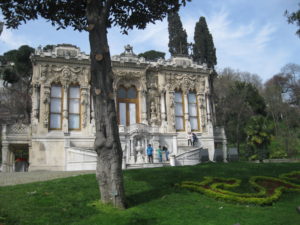 Hidden in a valley just below Teşvikiye, the charming gardens of Ihlamur Kasrı are an oasis of calm. Formerly the hunting grounds of Ottoman sultans, pieces of masonry etched with archery scores are sprinkled around the grounds. Small terraces feature tranquil ponds and water spouts from ornate Ottoman çeşme. Towering magnolias frame two petite royal pavilions, the Meraşım Köşkü for public ceremonies, and the Harem Köşkü, private rooms for use by the families of Ottoman sultans. Both are the work of Karabet Balyan, famous for designing Dolmabahçe Palace. The public köşk is a riot of hand-painted ceramics, marble effect stucco walls, and gilt covered pelmets hung with heavy brocade curtains. In the family köşk, whose interior is reminiscent of the more restrained rooms in Versailles, you can drink tea like an Ottoman in one of the upstairs rooms. Ihlamur Kasrı is a great spot to recharge from the hectic pace of Istanbul and has ample space for kids to run around and let off steam.
Hidden in a valley just below Teşvikiye, the charming gardens of Ihlamur Kasrı are an oasis of calm. Formerly the hunting grounds of Ottoman sultans, pieces of masonry etched with archery scores are sprinkled around the grounds. Small terraces feature tranquil ponds and water spouts from ornate Ottoman çeşme. Towering magnolias frame two petite royal pavilions, the Meraşım Köşkü for public ceremonies, and the Harem Köşkü, private rooms for use by the families of Ottoman sultans. Both are the work of Karabet Balyan, famous for designing Dolmabahçe Palace. The public köşk is a riot of hand-painted ceramics, marble effect stucco walls, and gilt covered pelmets hung with heavy brocade curtains. In the family köşk, whose interior is reminiscent of the more restrained rooms in Versailles, you can drink tea like an Ottoman in one of the upstairs rooms. Ihlamur Kasrı is a great spot to recharge from the hectic pace of Istanbul and has ample space for kids to run around and let off steam.
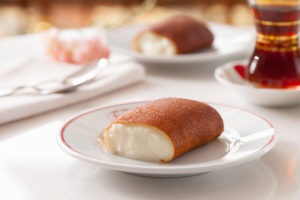
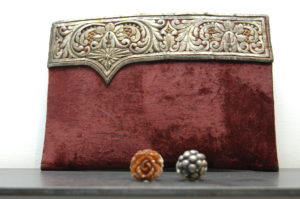
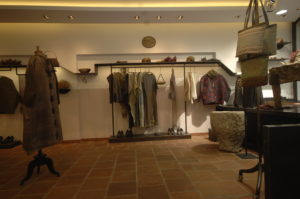
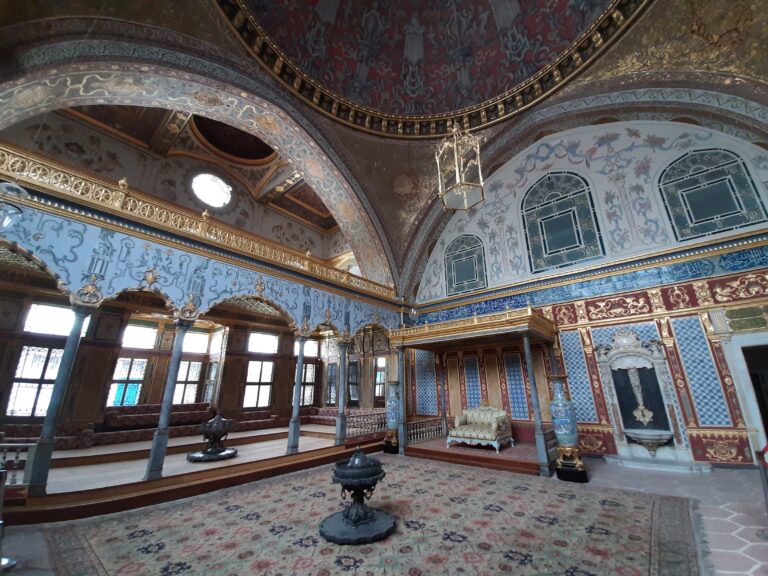
Thank you so much for the reminder of tavuk göğsü. I was introduced to this desert on my first day in Turkey in July of 1976. Next time I am in Istanbul I will go to this place to enjoy this delicacy.
Glad I reminded you of a happy memory. It really is a yum dessert.